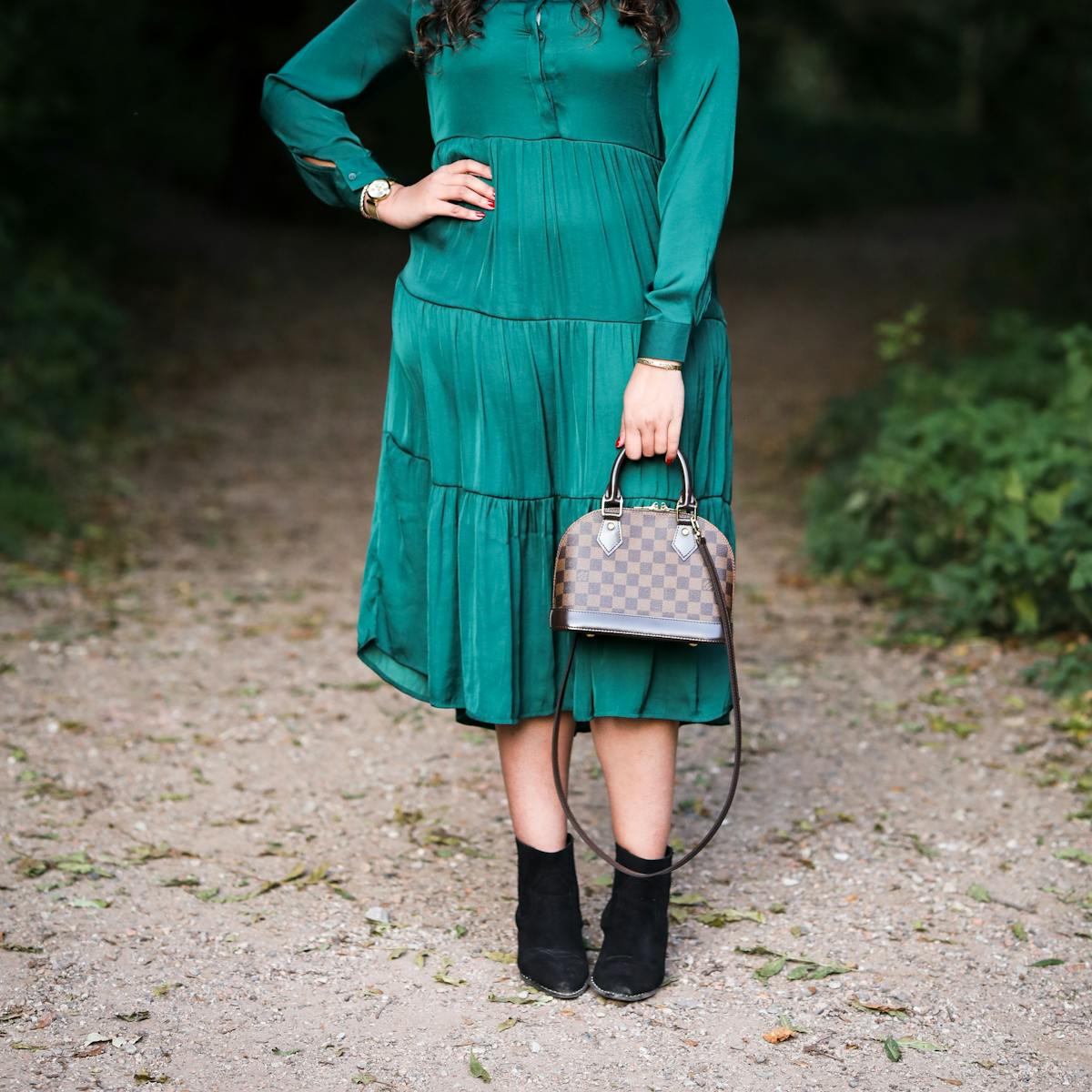The feeling of putting on and wearing clothes is complex – which makes online clothes shopping an often frustrating experience. Digital interfaces to recreate elements of in-person shopping are improving, but can anything really beat the sensation of soft cashmere, crisp cotton or feather-light silk on your body?
Last week my husband stuffed my favourite navy wool jumper into a 60°C wash and I very nearly divorced him. It isn’t a beautiful jumper, but it is the softest garment I own, and at testing times, when the outside world has seemed hard and bruising, I’ve found comfort in its enveloping, protective warmth.
You don’t have to be fashionable to be attached to your clothes (or to be dismayed when they are damaged). Perhaps you have a dress that you’re longing to wear when the weather warms, or a suit that you save for Very Important Meetings. How would you describe them to someone else, though? If it’s easy to identify colour and shape, it’s trickier to articulate how a garment feels to touch.
The fashion industry trades on ‘looks’ and dressing up to be ‘seen’, so touch can seem an under-considered part of being clothed. But touch is increasingly at the forefront of design innovation and at the heart of fashion ethics.
Let’s go back for a moment to my sadly shrunken jumper. You probably have an idea of what a ‘jumper’ is and an approximate sense of the shade of blue that ‘navy’ implies. ‘Merino wool’ might suggest texture. Perhaps you can imagine the thickness of the fibre rubbed between your fingers, or the softness of its surface under a skimming hand.
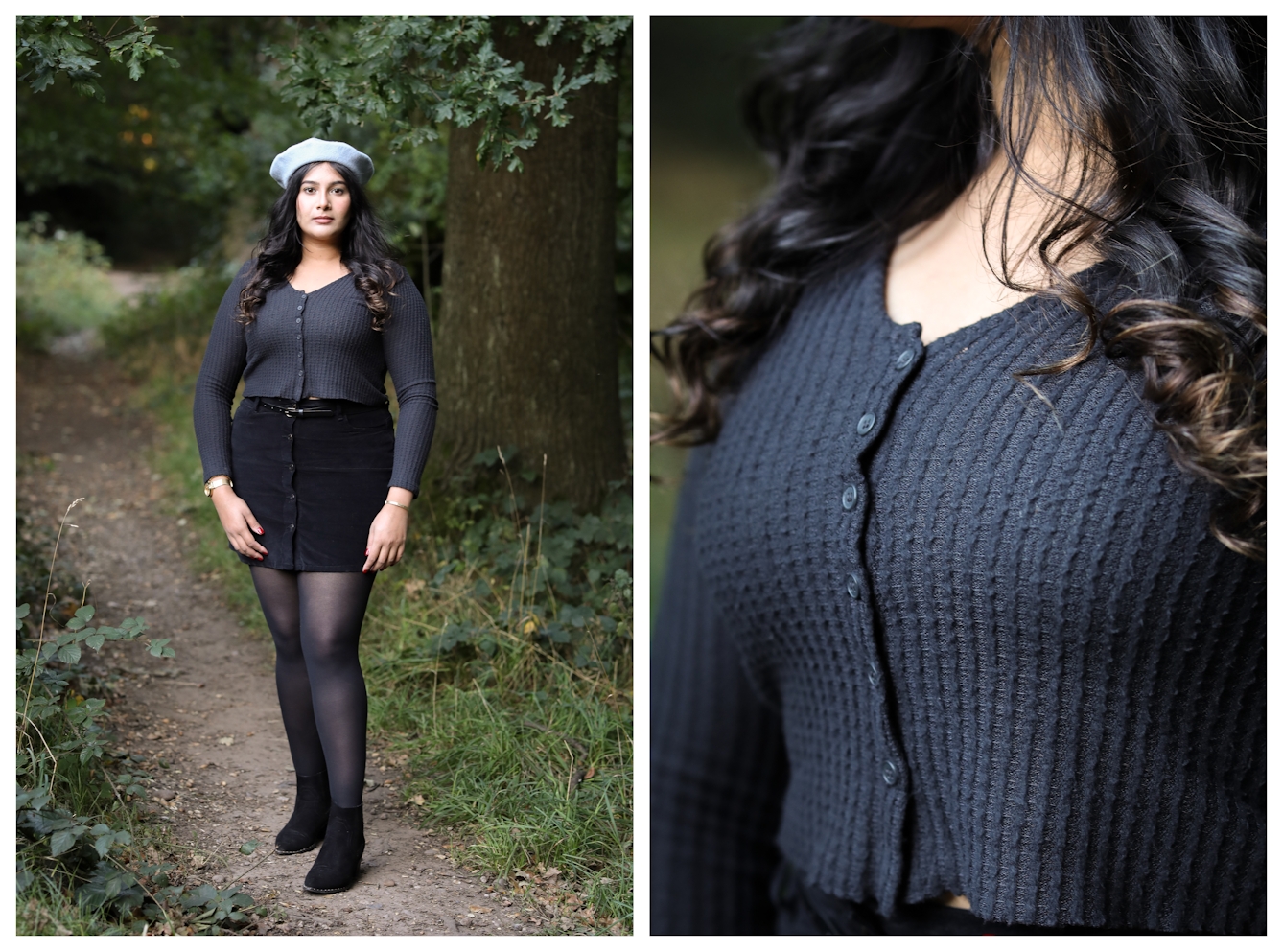
“The fashion industry trades on ‘looks’ and dressing up to be ‘seen’, so touch can seem an under-considered part of being clothed.”
Our second skin
The skin is the largest organ of the body, and for much of the time it is clothed. We are sheathed in stretchy Lycra when we want to move smoothly during sports and swathed in itchy lace at weddings. It’s part of the mystery of clothes that they can be so close to us for so much of the day, but unless we’re in a state of discomfort, we often forget that we are wearing them at all.
Take, for instance, what you are wearing right now. How conscious are you of the grain of the fabric pressed against your back? When we pay attention, our clothes are a constant and rich sensory experience.
But this haptic experience of dress – the way that it relates to the sense of touch – is about cognitive processing as well as sensory stimulation. It’s an important part of the way that we select our clothes in the first place.
Think of how our hands drift through a rail in a store and how instantly we project from the glancing feel of something between our fingers to the imagined sensation of an entire garment against our bodies. At home, we’ll tug and stretch things to make them fit right. Dress is a hands-on experience.
Part of the mystery of clothes is that they can be so close to us and yet we often forget that we are wearing them at all.
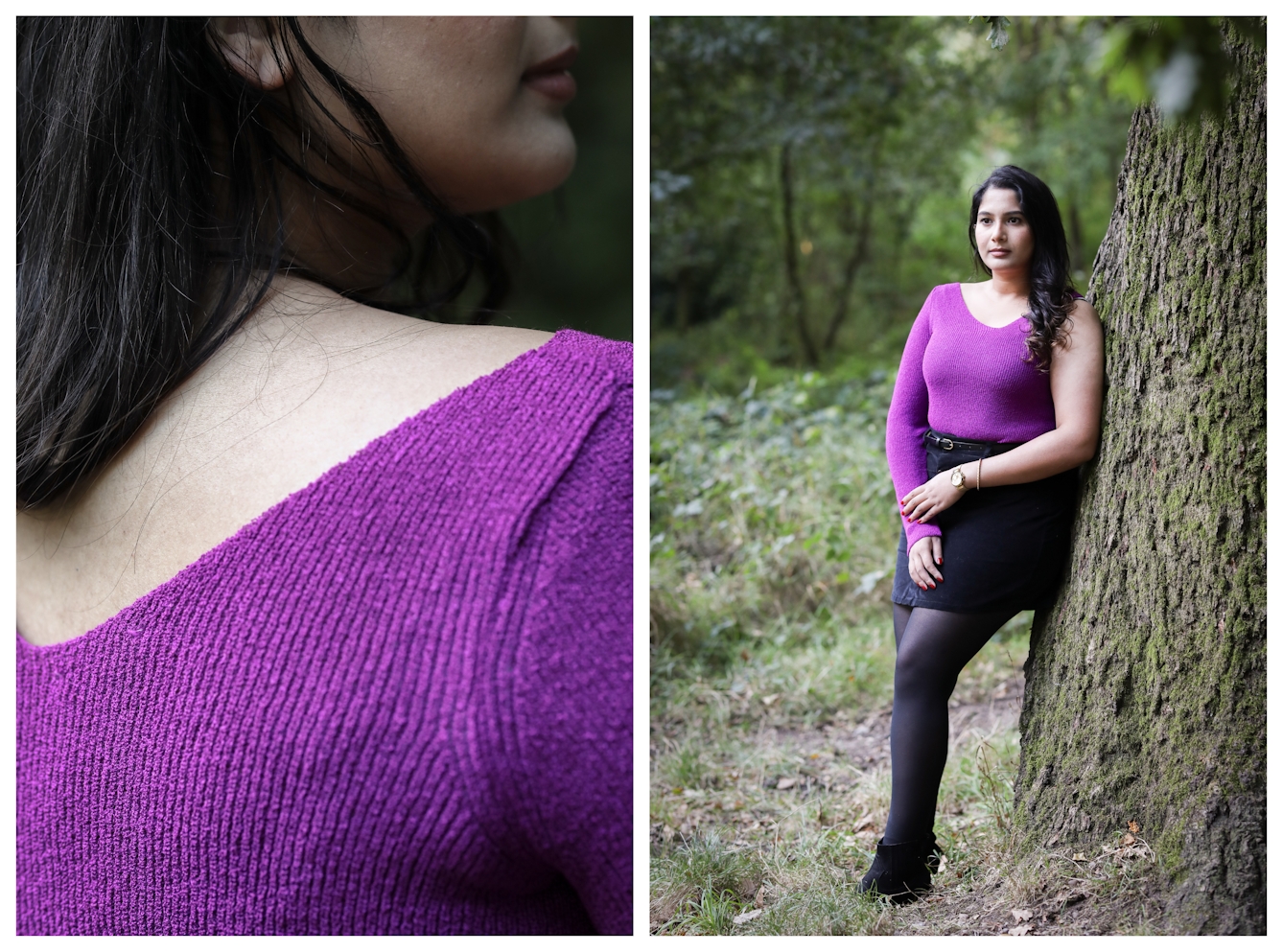
“Take, for instance, what you are wearing right now. How conscious are you of the grain of the fabric pressed against your back?”
In recent years fashion researchers have observed how shoppers handle garments as they move through a store. They noticed a repertoire of common gestures that you might recognise too. Do you rub an edge between thumb and forefinger? Do you stroke with a flattened palm? Or are you one of the outliers who scrunch fabric in a fist? Whichever method you deploy, it’s clear that this tactile experience is part of an evaluative process.
In fashion studies, the understanding that comes of wearing clothes is called “embodied cognition”, and it acknowledges the seriousness of the sensory experience of being dressed. It means that dressing is not simply a frivolous activity or thoughtless ritual. Instead, a complex transaction begins the moment the nerve endings of our skin make contact with a garment.
Technology and touch
What happens, then, when touch is eliminated from that process altogether? Shopping online can feel like an unsatisfactory process. Unable to assess garments by hand, our purchases can be a jab in the dark. Even when a website offers specifications (“heavy-duty denim” or “washable polyester mix”), what we infer from language isn’t equal to what we know by touch.
This is where digital technologies intervene, developing interfaces to render the tactile experience of dress remotely. As fashion businesses expand online, retailers are finding ways to recreate the touch at home, striving to answer the eternal question, “How will the shirt on the screen feel in real life?”
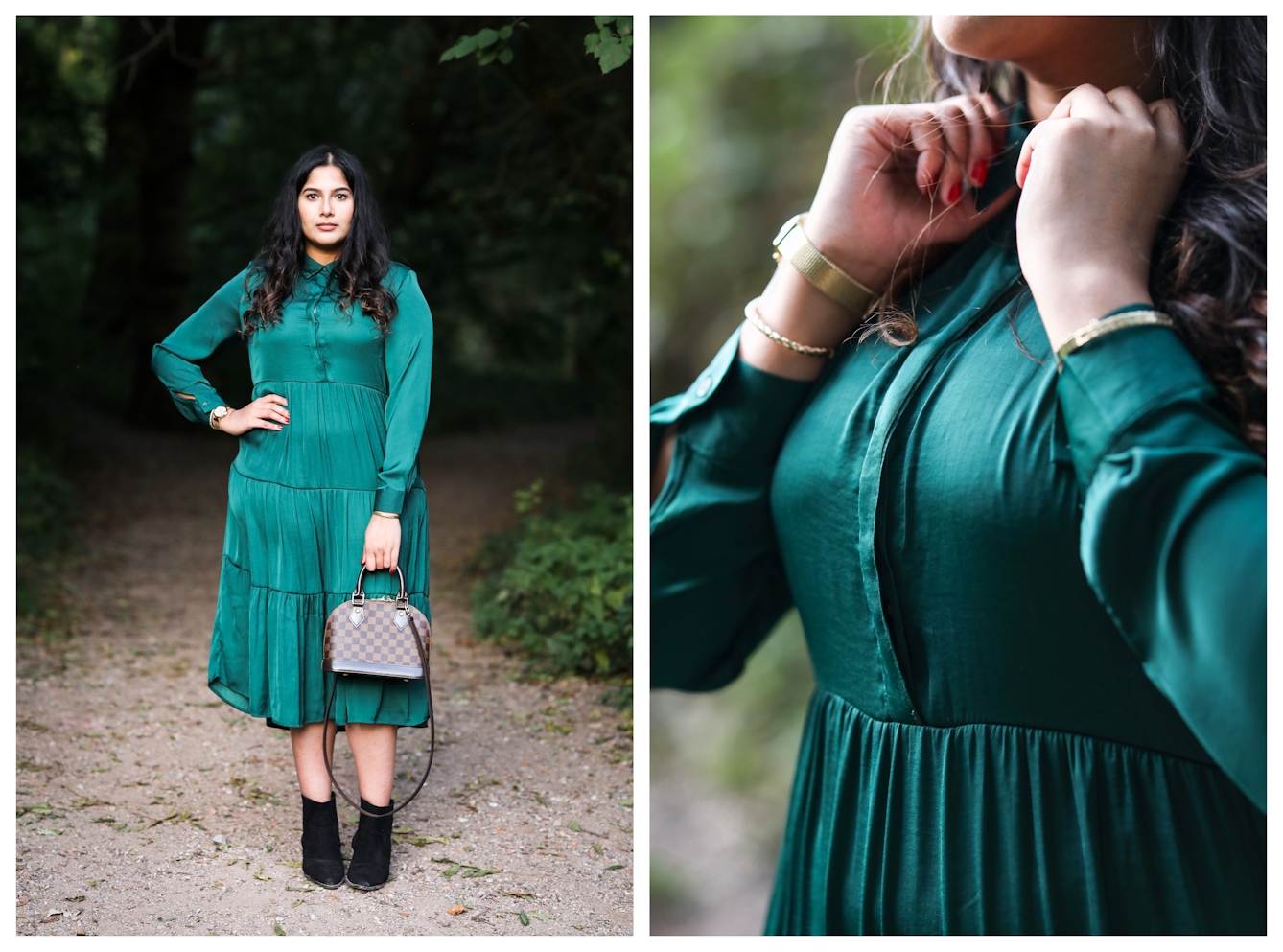
“As fashion businesses expand online, retailers are striving to answer the eternal question, ‘How will the shirt on the screen feel in real life?’”
Most interactive videos only provide a limited sense of the weight and drape of a fabric – real properties that are lost in two-dimensional translation. This explains the disappointment that comes when the “luxury silk” blouse you ordered online feels coarser in your hands than you anticipated from afar.
But “haptic sleeves”, which wrap around your forearm, use wired speakers to simulate pressure and voltaged ceramic squares to simulate heat. “Hyper textiles” use piezo sensors and sounds of crumpling and rustling to augment textile qualities. Computer scientists and engineers are developing these experimental technologies in laboratories now, but one day, we might have them at home.
You can already download touchscreen apps that invite you to swipe and tap, the gestures activating videos of fabrics being scrunched or smoothed, imparting the illusion of real manipulation.
Commercial sales interests drive touch-simulation technologies. But these innovations might also play an important role in making fashion sustainable. According to fashion analyst Dana Thomas, of more than 100 billion items of clothing produced each year, 20 per cent will go unsold to landfill or incineration. Returned garments form a significant part of this.
By simulating the tactile experience of dress, online retailers can minimise waste: you’re less likely to return your silk shirt if its more likely to ‘feel’ right. Reducing returns means lowering carbon emissions from deliveries and plastic from packaging too.
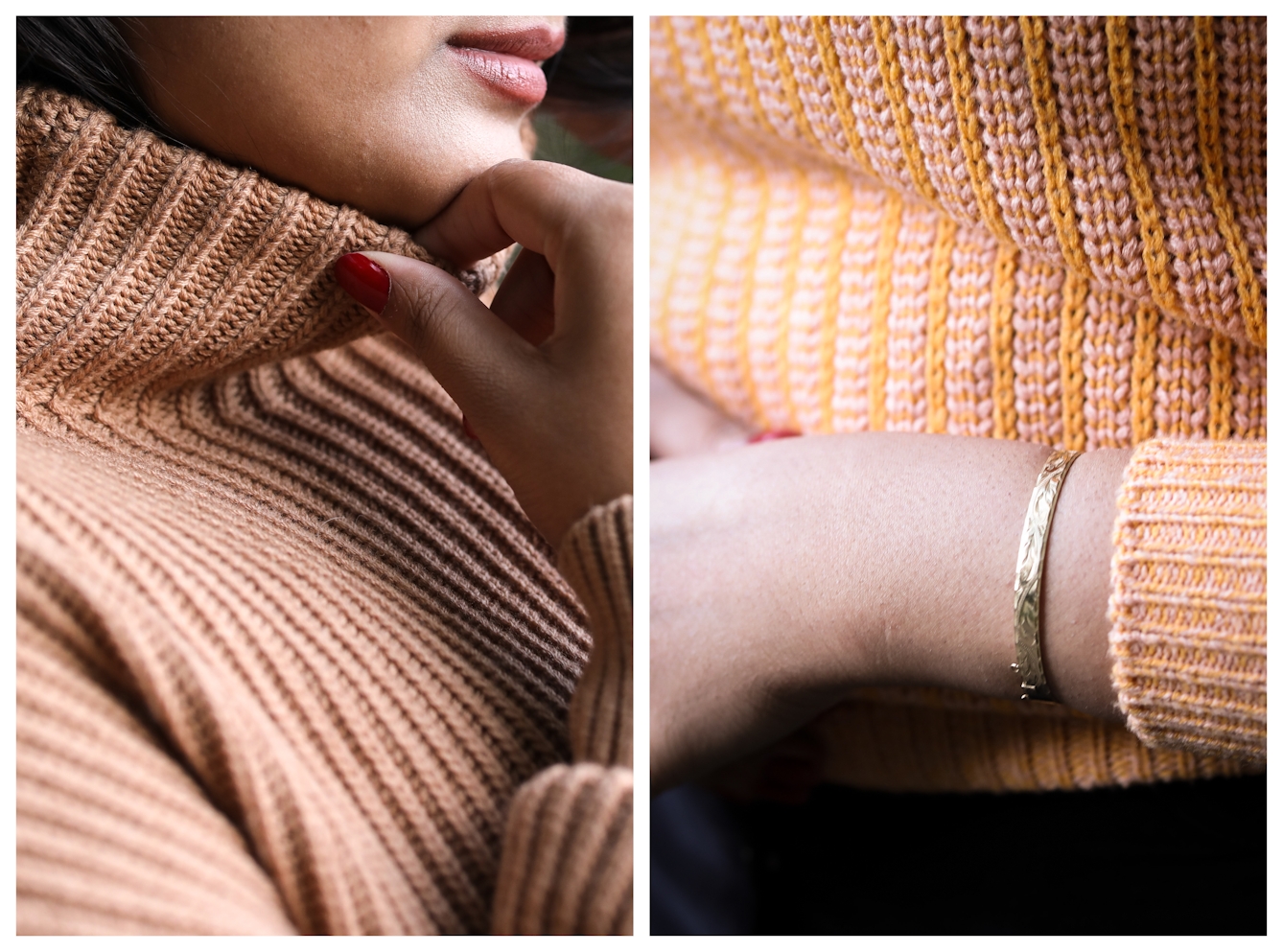
“The material intimacy of dress serves to remind us of the connection between us, the things we wear and the people who make them.”
The real need to feel
So, just how virtual can dressing go? Fashion gaming apps like Ada and Drest invite you to dress an avatar. They are a portal to a brave new wardrobe. You need not save up for a designer handbag when your proxy can carry a digital one.
But if that idea doesn’t suit you, perhaps it’s because the feeling of being dressed can’t truly be simulated. How could we ever replicate the smoothness of satin worn on a special day, or the crispness of a cotton shirt in summer? Nothing but a warm coat will satisfy us on a cold night. There is an inimitable intimacy to the feel of real things against our skin.
And there are other reasons to keep hold of the haptic experience of dress. Everything we wear has passed through many hands before reaching our own. The exploitative nature of the fashion business is a challenge for us all.
Consciously feeling our clothes might remind us of the human beings involved in their production, and the very real and unsafe conditions in which garment work too often happens. The material intimacy of dress serves to remind us of the connection between us, the things we wear and the people who make them.
After the enforced isolation of the Covid-19 lockdowns it’s worth remembering the value of human connection, and how the things we take for granted – the very shirts on our backs – depend on that relationship. As I write this piece, I am wearing the navy jumper that my husband shrank in the wash. And even though it doesn’t really fit, I can’t bear to cast it away. It wouldn’t feel right.
Want to find out more about our attitudes and experiences of touch? The results of Wellcome Collection and BBC Radio 4’s survey, The Touch Test, are out now.
About the contributors
Shahidha Bari
Shahidha Bari is a professor at London College of Fashion, University of the Arts London, and author of ‘Dressed, The Secret Life of Clothes’.
Maryam Wahid
Maryam Wahid lives and works in the West Midlands. Using the art of photography, Wahid’s work looks into her identity as a British Pakistani Muslim woman. She expresses the origins of the Pakistani community in her home town, Birmingham, by exploring her deeply rooted family history and the mass integration of migrants within the United Kingdom. Her work explores female identity, the history of the South Asian community in Britain, and the notions of home and belonging.
